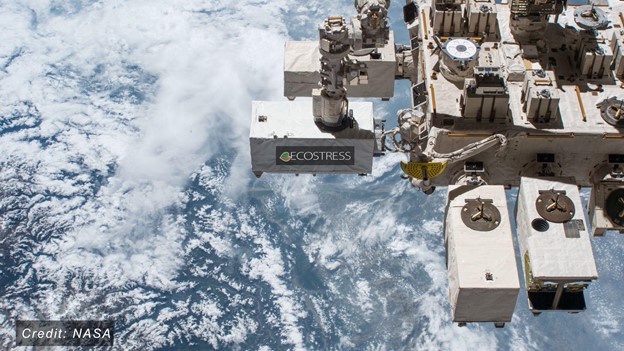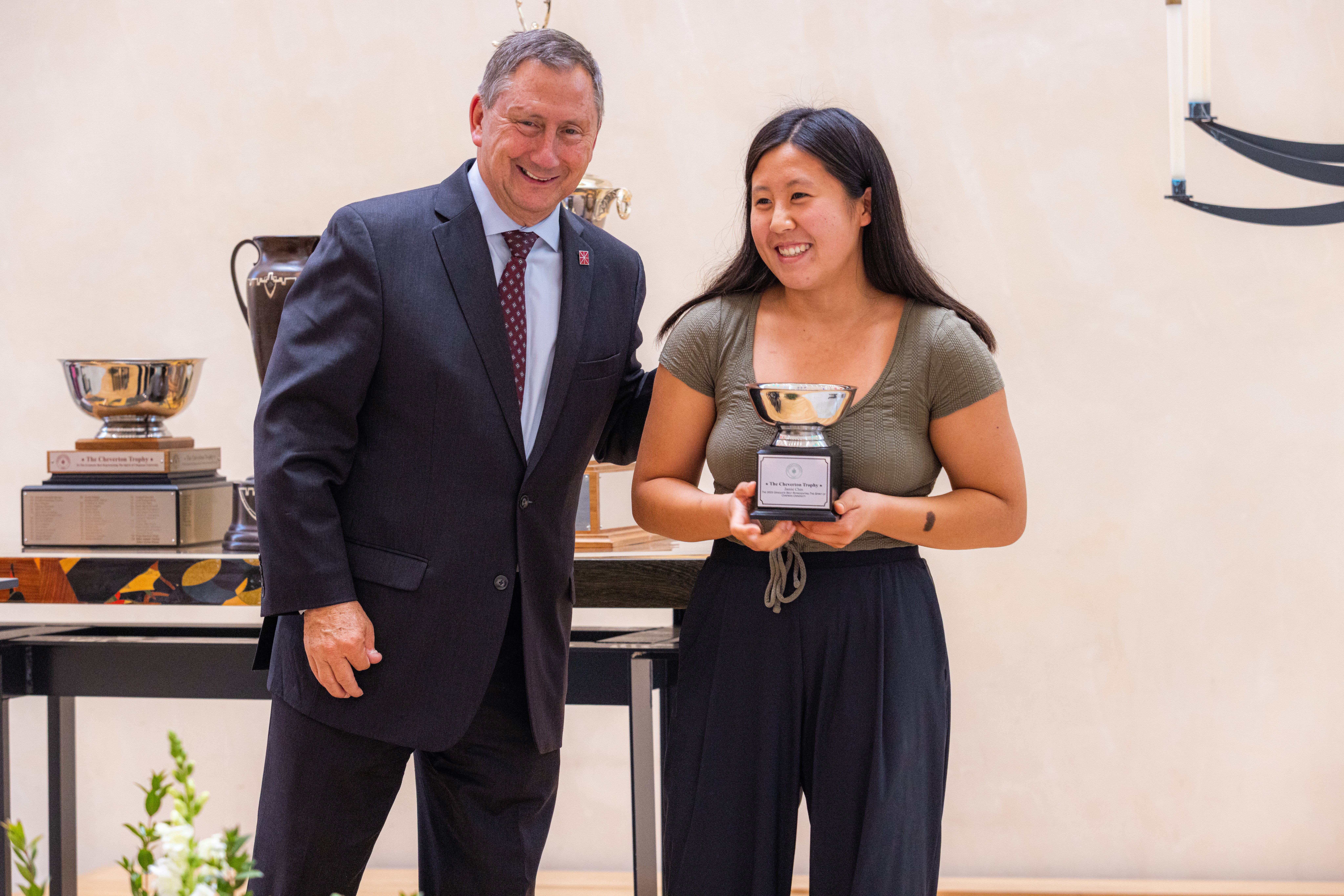Using images captured by a new instrument on the International Space Station (ISS), scientists from Chapman University and NASA’s Jet Propulsion Laboratory (JPL) are learning how different plants balance the tradeoffs between growth and water use. A major global study by the team was published April 14 in the prestigious journal Nature Plants.
In this first-of-its-kind research project featuring tens of millions of observations from 11 ecosystems around the world, the authors found that plants of the same type often had very similar water-use efficiency regardless of where they grew.
The results indicate that the type of plants, rather than the climate, dictates water-use efficiency. The findings also show that plant types with longer lifespans, such as shrubs and trees, have higher water-use efficiency than plant types with shorter lives, like grasses. The research provides important insights into how global climate change will shape the future of plant communities and the ecosystem services they provide.
The images captured on the ISS using an instrument called ECOSTRESS “allow us to determine plant water use nearly anywhere on Earth at spatial scales that were unthinkable just a few years ago, all from an instrument that is traveling more than 17,000 miles per hour more than 250 miles above us,” said study co-author Joshua Fisher, a Presidential Fellow of Ecosystem Science in Chapman’s Schmid College of Science and Technology.
The study was led by Savannah Cooley, a graduate student at Columbia University and scientist at JPL, in collaboration with Fisher and Gregory Goldsmith, assistant professor of biological sciences and director of Chapman’s Grand Challenges Initiative. Fisher was the science lead for ECOSTRESS while at JPL prior to joining Chapman’s faculty. He was recently named a highly cited researcher by Clarivate, placing him in the top 1% of researchers globally. Goldsmith is a member of NASA’s ECOSTRESS Science and Applications Team.
Insights gleaned from ECOSTRESS images have direct application. How different plant types optimize the tradeoffs between growth and water use can inform plans to mitigate and adapt to a warmer and drier future.
Measurements provided by ECOSTRESS are also useful for detecting wildfires, urban heat waves, volcanic activity and a number of other applications.




